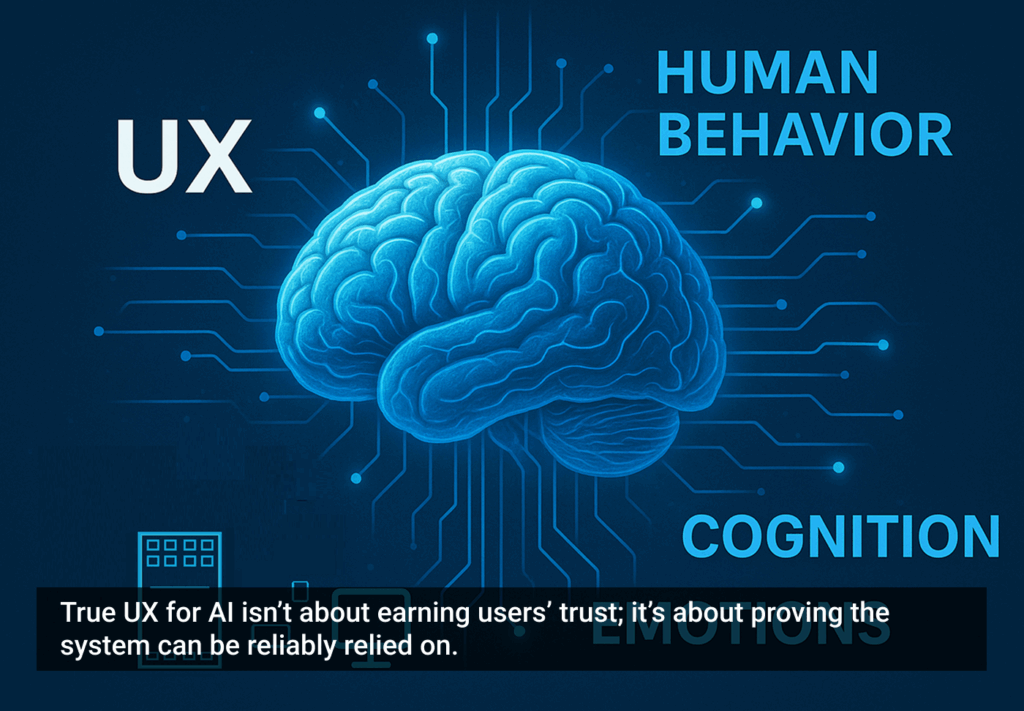Somewhere along the line, modal dialogs have become a ubiquitous feature of web design. We’ve become used to modal windows popping up everywhere, including on mobile devices. Given their pervasiveness, one would think we would have mastered better ways to design and incorporate modals on mobile that don’t detract from the user experience. If modals are becoming commonplace, they should be designed the best way possible: easy to use, easy to understand, and easy to dismiss. So why aren’t they?
More often than not, modal overlays just don’t work well on tablets and mobile devices. They take some work to get right, and it takes time to address the different phone operating systems and resolve any glitches. They also have to be maintained to relate to the parent page. In many applications, they aren’t scaled properly to be optimized for mobile, or the window stutters as it starts up, which can throw off the position of the close button.
Have a Modal Exit Strategy
When it comes to exit strategy and placement, mobile modals defy logic and contradict everything we know about how people consume content. Based on human observation and analysis from some pretty smart people (like Luke Wroblewski) people generally hold their phone one-handed, using their thumb as the primary navigation tool. The design of most phones and apps actually emphasizes right-hand thumb usage.
Yet modal close buttons are typically placed in the upper right corner, which forces the user to avert their attention back to the top of the window to close the window. With one-handed use, stretching your thumb to the top right corner of the screen is tough. I have big hands, and it’s difficult for me to thumb-reach the top right corner of the screen. Forget being left-handed; unless you read bottom to top, this movement is not intuitive or ideal.
Upper right placement of the close button also increases the likelihood of the dreaded accidental refresh (when I fat-finger the refresh button instead of the close button because they’re both so small and on Safari they’re right next to each other).
This poor close button placement also applies to tablets. Although the screen and the button are larger, it’s still unnatural to avert my eyes back to the top of the window in order to continue reading.
Global marketers also need to understand how modals come across on older devices. Phones with Android 2.3 and below are going to have browser issues that lead to odd screen behavior, and millions of people around the world are still using these phones.
It’s ironic: brands give so much thought to their online presence and place tremendous emphasis on design, features, and functionality, yet they don’t carry the same consideration through to modal windows.
“Don’t Know Where to Put it? Throw it In a Modal!”
This brings me to the underlying, more ominous issue: somewhere along the way, modals have gone from being a logical confirmation of an action to a popup dumping ground for content that doesn’t readily fit anywhere else. Too often, modals have become a hack to avoid thinking about content placement. In some cases, they reflect poor judgment and thoughtlessness on the part of developers, who see them as a gift of newfound space, an easy out. In other cases, last minute requests for additions, coupled with a lack of technical skill or resources to edit or pare down existing page content can be the underlying motive for creating a modal.
Regardless, brands, content managers, and developers need to put more thought into when to use modals, and when to leave them out.
Brands, content managers, and developers need to put more thought into when to use modals
Modal windows are great at showing users new information on the same page they’re currently on, thereby eliminating page reloads and conventional pop-ups.
Conversely, there are occasions when you want to disrupt the flow and refocus your site visitor’s attention on a single, critical action. They’re also a useful tool for displaying images and videos. But even intentional and purposeful interruptions need to be intuitive, easy to complete and fluid.
Modals should be applied only to meet the following objectives:
- Interruption: Forcing the user to make a decision or complete a task at an important part of their workflow. Ask yourself, “do I really want to interrupt the user?”
- Feedback or Correction: Confirming decisions. E.g., “are you sure?” moment.
- Deep Dive: Focusing the user on a single piece of content, be it an image, article, or a video.
Well-thought out modal content and placement will ensure that your site visitor’s journey flows intuitively and provides the experience he or she expects. And it will help to steer us away from the constant bombardment of modals that are particularly disruptive on mobile devices.
Save the Modals!
Modals aren’t going anywhere, and although they can be beneficial, more restraint should be shown for their deployment on mobile sites. Modals are a very deliberate UX technique, and the responsibility to use them wisely rests largely on the UX designer’s shoulders. If you’re convinced you’re using a modal for the right reasons, keep these design tips in mind:
- Utilize “touch targets” placement recommendations based on ergonomics and common usage scenarios.
- Reexamine and justify the use of every modal dialog. Is it appropriate? If so, does it render properly on every device?
- Avoid making users scroll in modal windows.
- Place the close button on the lower right of the screen. It will still overlap content but it will be content you haven’t read and as you scroll up, it won’t overlap or interfere with content you’re currently reading.
- Follow the industry standard for button sizes. Tiny buttons are frustrating as heck.
- Design modal close buttons so that when you mouse over it on a desktop computer, it morphs from a circle X into a capsule-shaped, full width button that reads CLOSE WINDOW. This makes closing modal windows more contextual.
- Use a genie (or other) effect to open and close modal boxes to provide a contextual understanding of where the window came from so users can see where they are on the site.
Image of shipping crates courtesy Shutterstock.







